Hi there, pet lovers! 🦎
The Mexican Alligator Lizard (Abronia graminea) is one of the most visually stunning reptiles in the world. With its vibrant emerald-green scales, prehensile tail, and dragon-like appearance, this lizard is a dream pet for many reptile enthusiasts. However, its unique beauty comes with specific care requirements and challenges. In this detailed review, we’ll explore everything you need to know about the Mexican Alligator Lizard, from its temperament and care needs to its availability and costs. Whether you’re considering adding one to your family or simply curious about this fascinating species, this guide will help you make an informed decision.
Overview
The Mexican Alligator Lizard is a small, arboreal reptile native to the cloud forests of Mexico and Central America. Known for its striking appearance and unique behaviors, this lizard is a favorite among advanced reptile keepers. Here’s a quick summary of what makes this species stand out:
- Handling and Temperament: Generally shy and not ideal for frequent handling.
- Care and Maintenance: Requires a specialized, high-humidity environment with plenty of climbing space.
- Health and Durability: Sensitive to environmental changes and prone to stress-related issues.
- Availability: Rare and often wild-caught, though captive-bred options are becoming more common.
- Cost: Expensive to purchase and set up, with ongoing costs for maintenance.
- Overall: A challenging but rewarding pet for experienced reptile keepers.
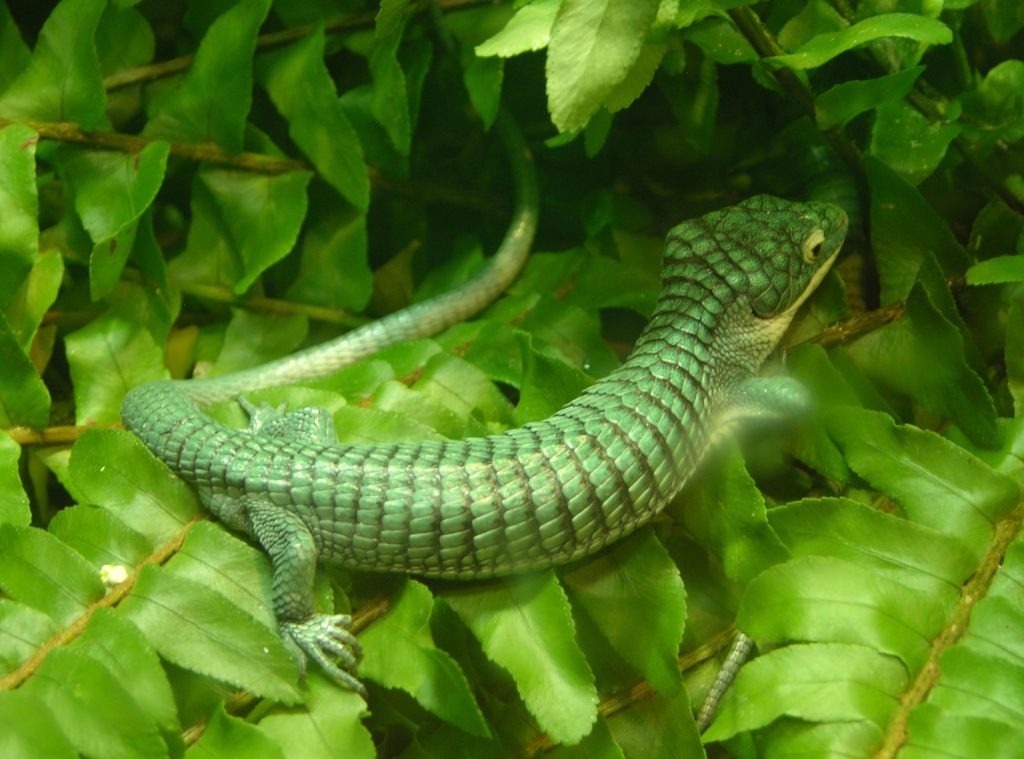
Why Choose a Mexican Alligator Lizard?
The Mexican Alligator Lizard is a captivating pet for those who appreciate its unique beauty and are willing to invest time and resources into its care. Its vibrant coloration, prehensile tail, and arboreal nature make it a fascinating species to observe. However, this lizard is not for everyone. It requires a dedicated keeper who can provide a highly specialized environment and handle its sensitive nature.
For those who are up to the challenge, the Mexican Alligator Lizard offers a rewarding experience. Its long lifespan (10–15 years) and intriguing behaviors make it a long-term companion for dedicated reptile enthusiasts.
Handling and Temperament
Mexican Alligator Lizards are not known for being handleable pets. They are naturally shy and can become stressed easily, which makes them better suited for observation rather than interaction.
Personality Variations
- Some individuals may tolerate gentle handling once they are accustomed to their keeper, but most prefer to be left alone.
- These lizards are quick and agile, which can make handling challenging, especially for beginners.
Handling Tips
- Minimize Handling: Limit handling to essential situations, such as health checks or enclosure maintenance.
- Be Gentle: If handling is necessary, do so with extreme care to avoid causing stress or injury.
- Watch for Biting: While not aggressive, these lizards can deliver a painful bite if they feel threatened.
Biting
Mexican Alligator Lizards have strong jaws for their size, and a bite can draw blood. However, they rarely bite unless provoked or mishandled.
In summary, these lizards are best appreciated from a distance. Their beauty and behaviors are best observed in a well-designed enclosure rather than through frequent handling.
Care and Maintenance
The Mexican Alligator Lizard requires a highly specialized environment to thrive. Its care demands are similar to those of chameleons, making it a challenging pet for beginners.
Enclosure Setup
- Size: A tall, vertically oriented enclosure is essential. A 18x18x36-inch terrarium is suitable for one adult.
- Climbing Space: Provide plenty of branches, vines, and foliage to mimic their natural arboreal habitat.
- Substrate: Use a moisture-retaining substrate like sphagnum moss or coconut fiber to maintain humidity.
- Hiding Spots: Include multiple hiding spots to help the lizard feel secure.
Humidity and Temperature
- Humidity: Maintain high humidity levels (70–90%) with daily misting or a fogging system.
- Temperature: Keep the enclosure between 72–80°F, with a basking spot of up to 85°F. Avoid overheating, as these lizards are sensitive to high temperatures.
Feeding
- Diet: Mexican Alligator Lizards are insectivores. Feed them a variety of appropriately sized insects, such as crickets, roaches, and mealworms.
- Supplements: Dust insects with calcium and multivitamin supplements to ensure proper nutrition.
- Feeding Schedule: Offer food 2–3 times per week, adjusting portion sizes based on the lizard’s appetite.
Lighting
- UVB Lighting: Provide a high-quality UVB light to support vitamin D3 synthesis and overall health.
- Day-Night Cycle: Maintain a consistent light cycle of 12 hours on and 12 hours off.
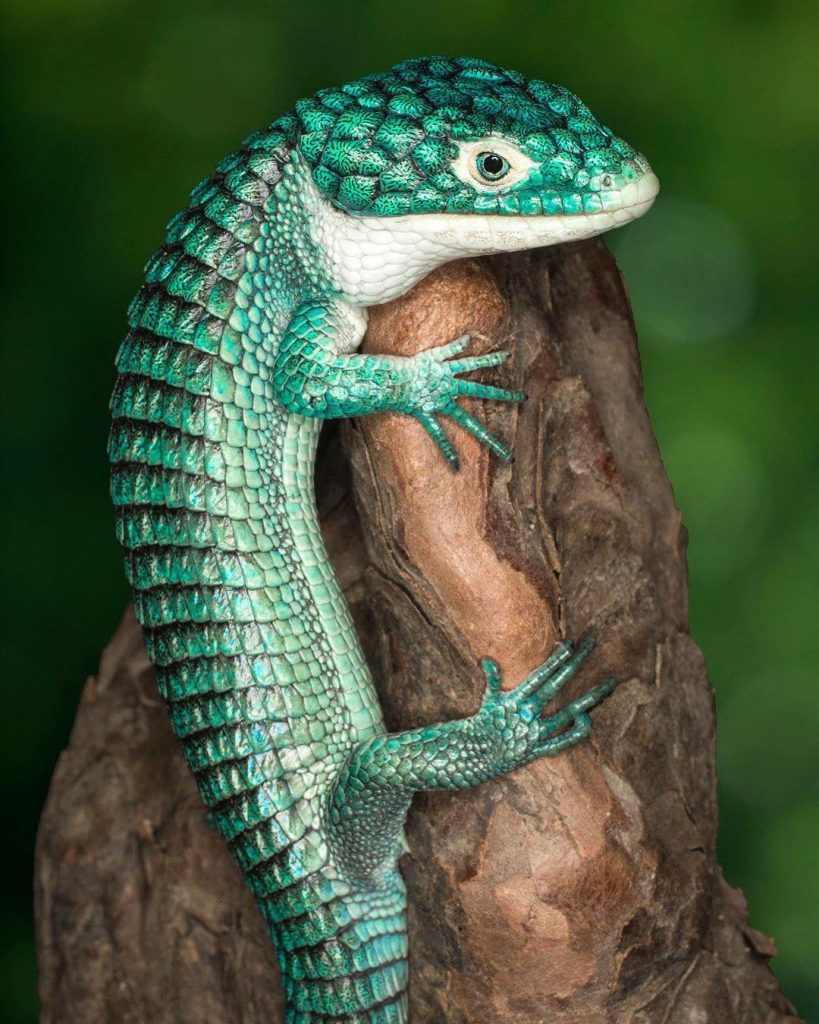
Health and Durability
Mexican Alligator Lizards can be hardy pets when their care requirements are met, but they are prone to several health issues.
Common Health Issues
- Dehydration: Caused by inadequate humidity or lack of access to water droplets.
- Respiratory Infections: Often due to poor ventilation or excessively damp conditions.
- Stress-Related Issues: These lizards are sensitive to environmental changes and improper handling.
Preventative Care
- Maintain proper humidity and temperature levels.
- Provide a clean, well-ventilated enclosure.
- Handle the lizard minimally and with care.
- Schedule regular veterinary check-ups to monitor their health.
With proper care, Mexican Alligator Lizards can live 10–15 years, making them a long-term commitment for dedicated keepers.
Availability and Cost
Mexican Alligator Lizards are not commonly available, and their rarity contributes to their high cost.
Where to Buy
- Breeders: The best option for acquiring a healthy, captive-bred lizard.
- Reptile Expos: Occasionally available, but often wild-caught.
- Online Retailers: Some reputable breeders sell online, but thorough research is essential.
Cost
- Lizard Price: $300 to $500 for captive-bred individuals; wild-caught adults may be cheaper but are not recommended.
- Setup Cost: $300 to $500 for a proper enclosure, lighting, and accessories.
- Ongoing Costs: Budget for feeders, supplements, and potential veterinary expenses.
Pros and Cons
Pros
- Stunning appearance with vibrant colors and unique features.
- Fascinating arboreal behaviors and prehensile tail.
- Long lifespan with proper care.
Cons
- High-maintenance care requirements.
- Sensitive to environmental changes and stress.
- Expensive to purchase and maintain.
- Not suitable for frequent handling.
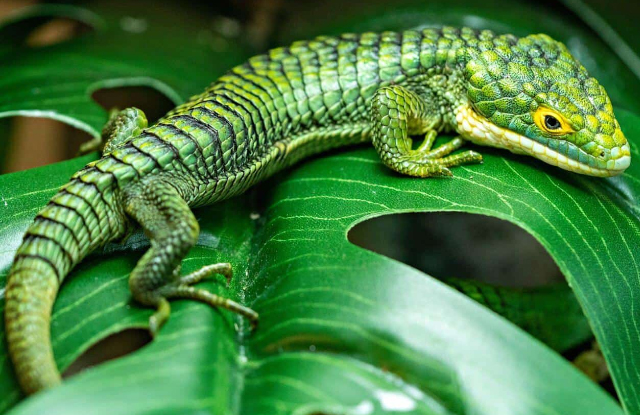
Final Thoughts
The Mexican Alligator Lizard is a breathtaking reptile that captivates with its beauty and unique behaviors. However, its specialized care needs and sensitivity make it a challenging pet, best suited for experienced reptile keepers.
If you’re prepared to invest the time, effort, and resources into creating the perfect environment for this lizard, it can be an incredibly rewarding companion. For those who are new to reptile keeping, we recommend starting with a more beginner-friendly species before considering the Mexican Alligator Lizard.
Have you owned a Mexican Alligator Lizard? Share your experiences and tips in the comments below! We’d love to hear how you care for your lizard and what makes it special to you.
For more reptile care tips and reviews, stay tuned to our blog and don’t forget to subscribe to our newsletter! 🦎

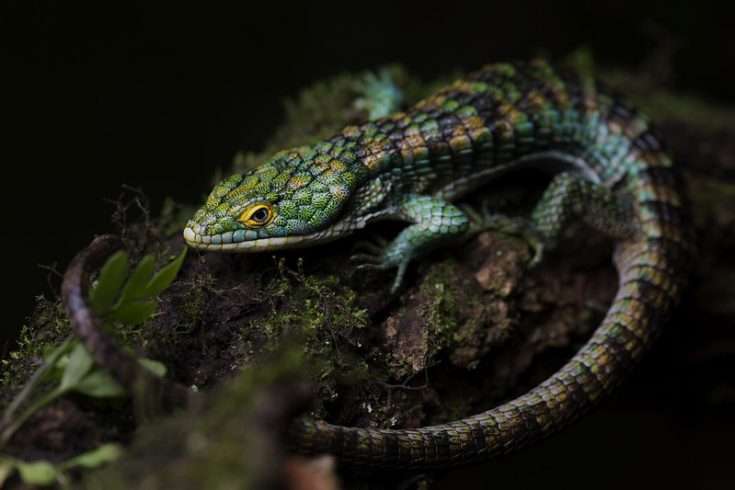

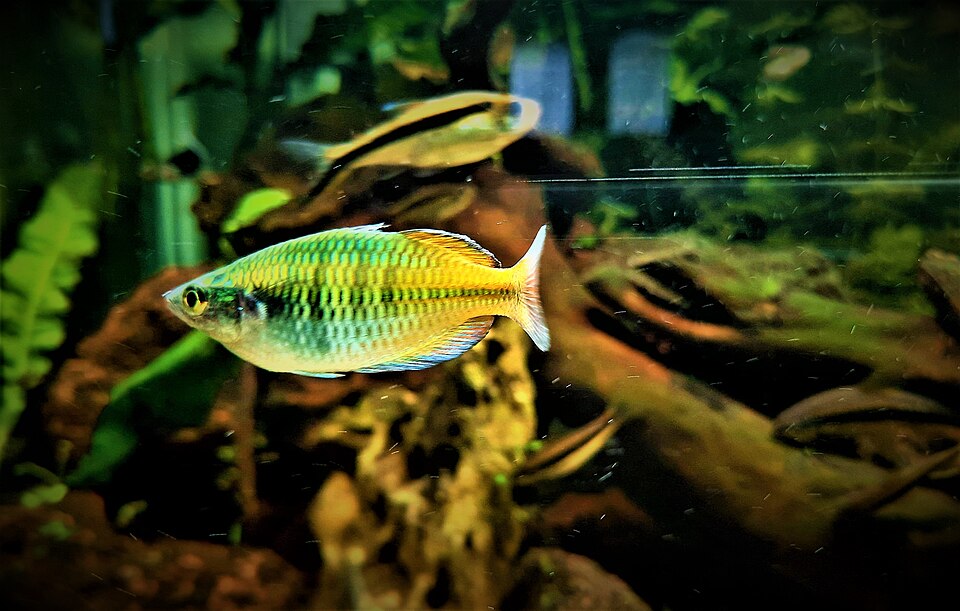
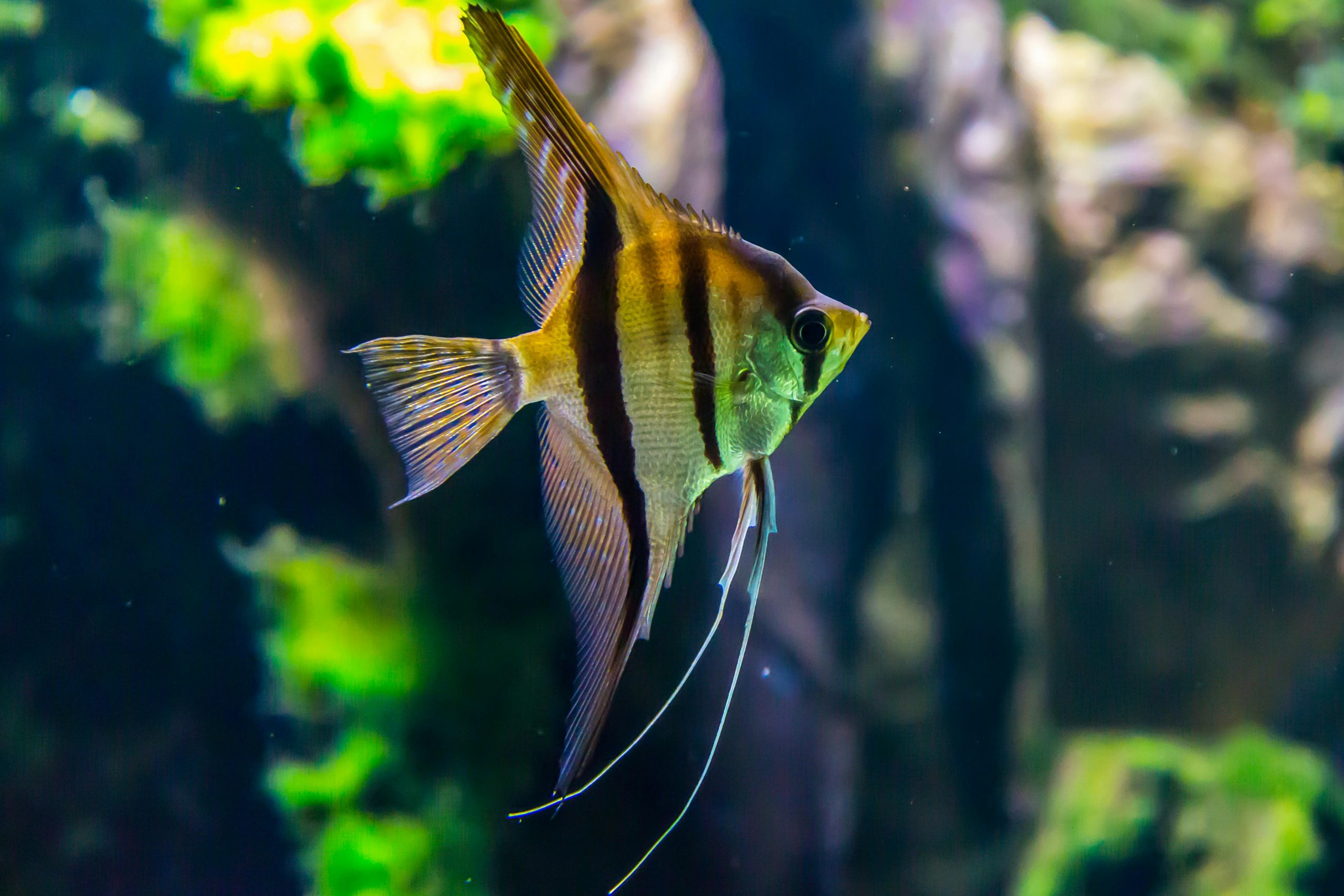
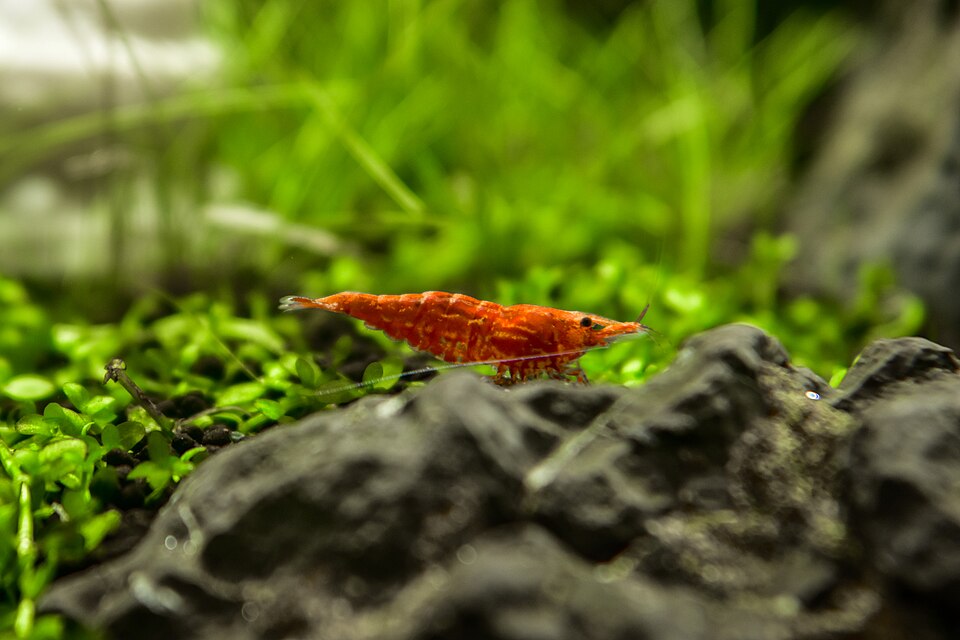

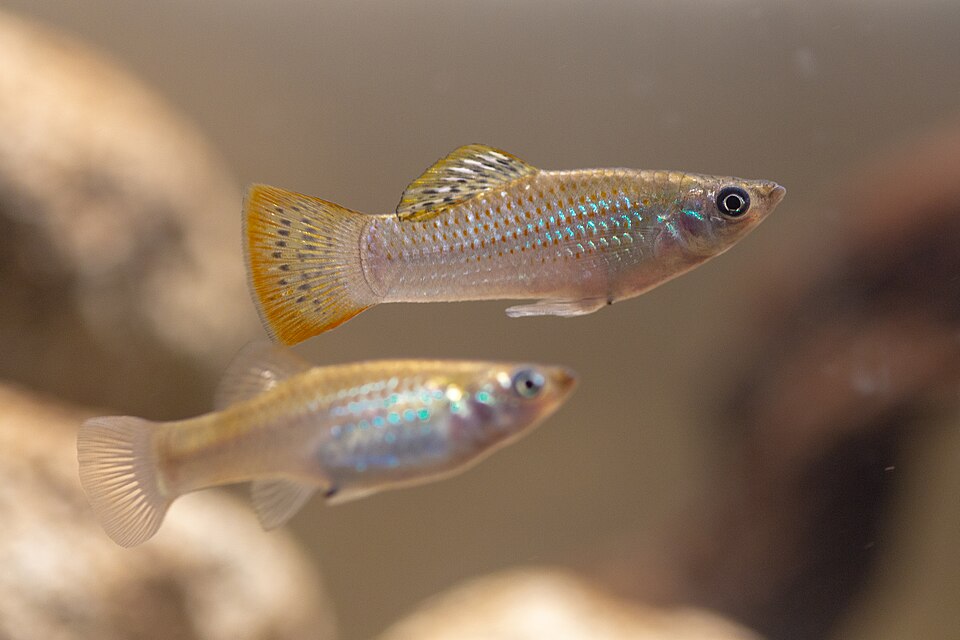
Leave a Reply